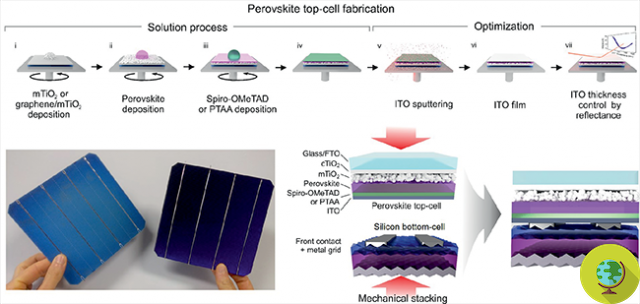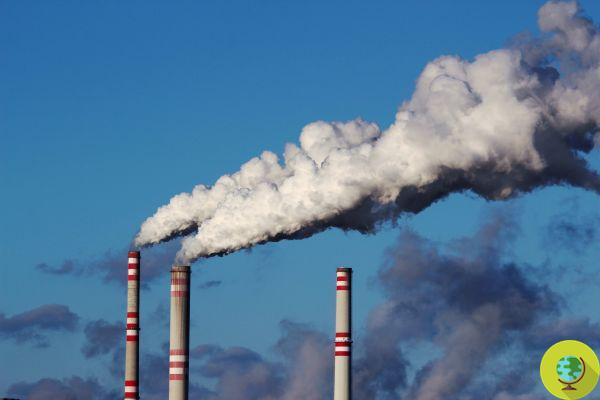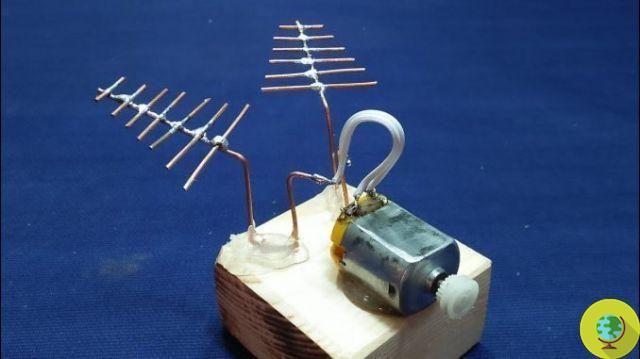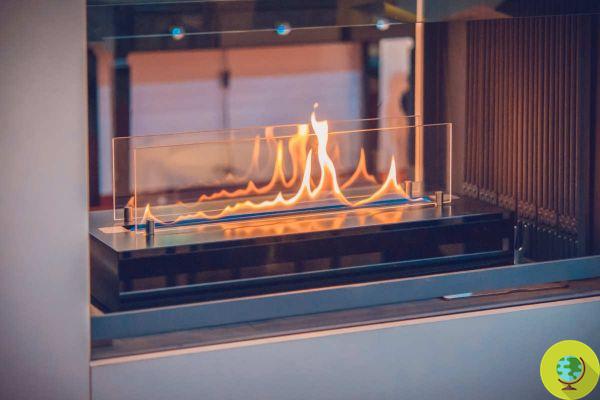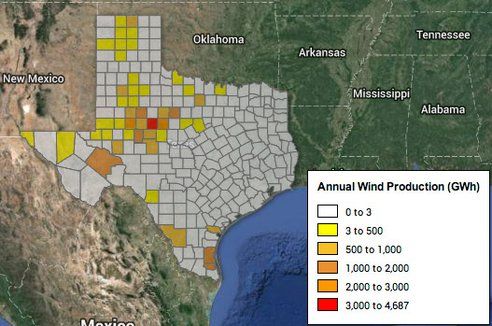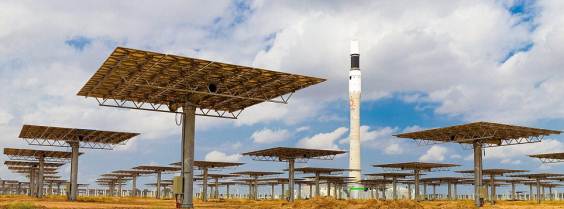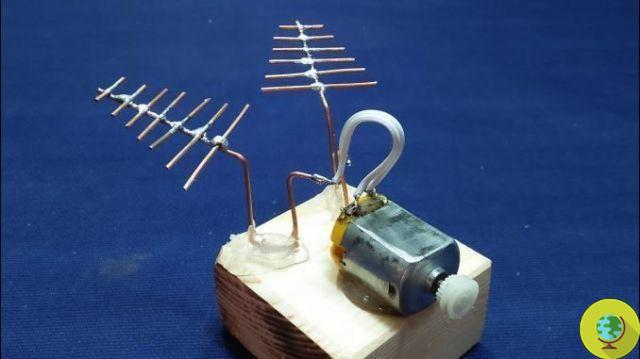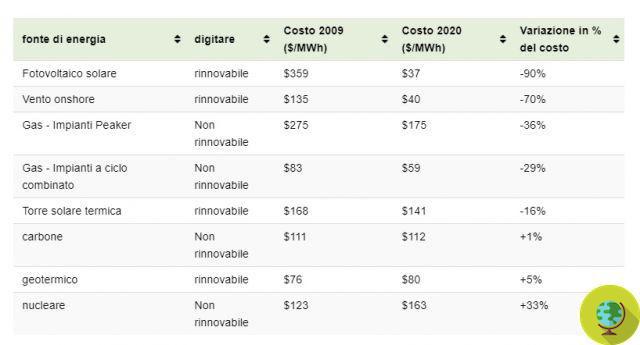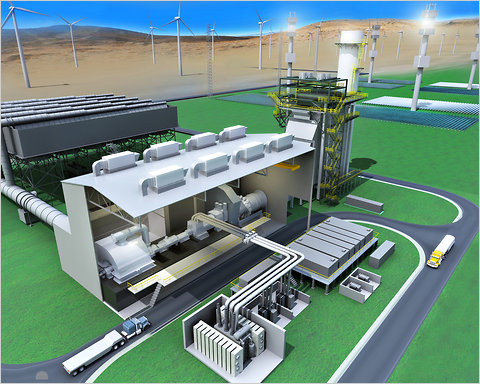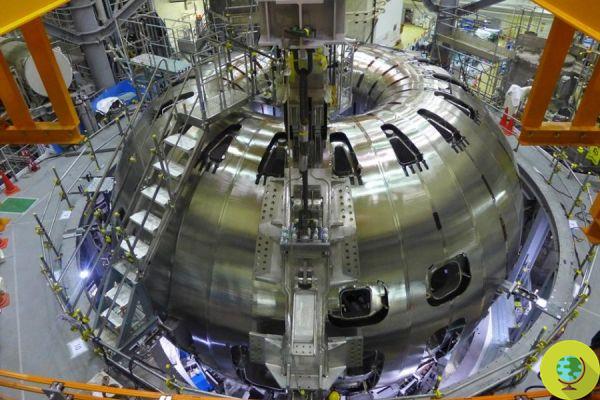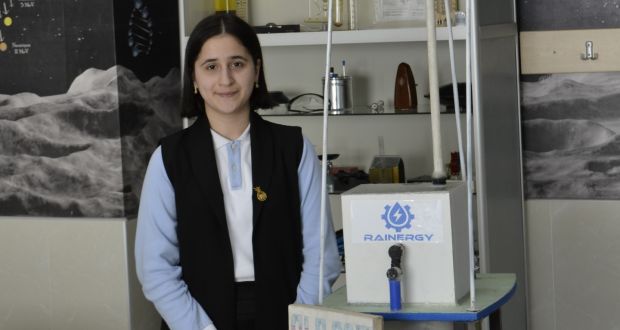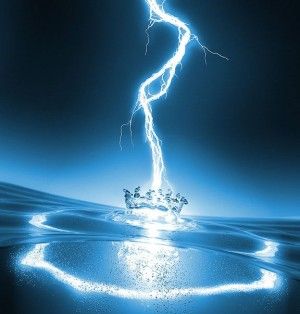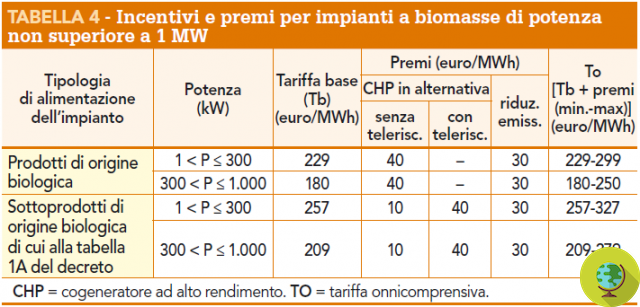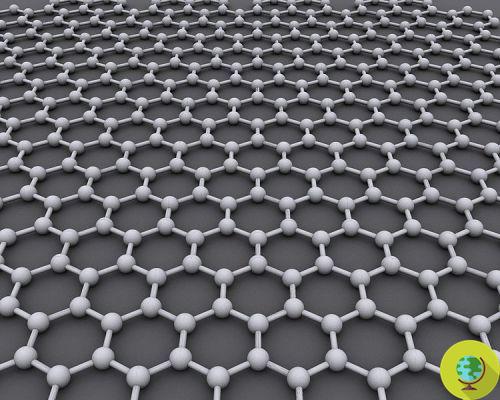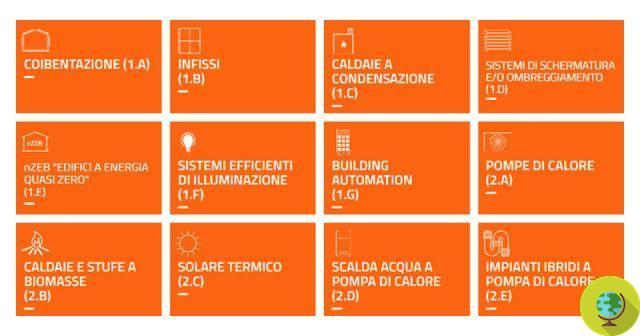Historic breakthrough for clean energy that mimics the stars! A British startup founded by the University of Oxford has achieved nuclear fusion using an innovative approach
He is about to end up run over, his mother saves himFrom the UK comes some great news on the clean energy front: the nuclear fusion it is no longer a utopia, it is already a reality. First Light Fusion, founded by the University of Oxford, has joined it. To achieve the extraordinary milestone - which has been validated by the United Kingdom Atomic Energy Authority (UKAEA) - an innovative, simpler and more efficient approach was used for the first time: so-called projectile technology.
To achieve this fusion result, First Light used its large two-stage hyper-fast gas cannon to launch a projectile at a target, containing the fusion fuel. - explains the startup - The bullet reached a speed of 6,5 km per second before impact.
First Light made it clear that they were able to achieve the merger at less than £ 45 million "and with a faster rate of performance improvement than any other merger scheme in history".
With this simpler approach that reuses existing technology, First Light's analysis shows that bullet fusion offers a path to a very competitive Leveled Energy Cost (“LCOE”) of less than $ 50 / MWh. - emphasizes the energy company - First Light's equipment is relatively simple, built largely with readily available components. First Light believes this approach accelerates the journey to commercial fusion energy as there is a great deal of engineering that can be reused to carry out the proposed plant design.
First Light now plans to partner with existing energy producers to develop a pilot plant, using its unique approach to nuclear fusion.
Encouraging results also from the IAEA
Another encouraging milestone was also recently reached in Europe in the energy sector that mimics the stars. The international team of scientists, which has been working on the Joint European torus (JET) - the largest nuclear fusion reactor - managed to obtain a record amount of energy: 59 megajoules in 5 seconds (the equivalent of 11 megawatts). The previous record dates back to 1997, when less than half of the energy was produced.
At the moment a new research project coordinated by the International Atomic Energy Agency (IAEA) is trying to investigate the materials to be used for the construction of fusion reactors.
“Project results could contain important answers to questions related to cost, efficiency and waste produced by large fusion experiments and reactors, such as ITER and DEMO, as well as future fusion power plants,” the IAEA clarifies.
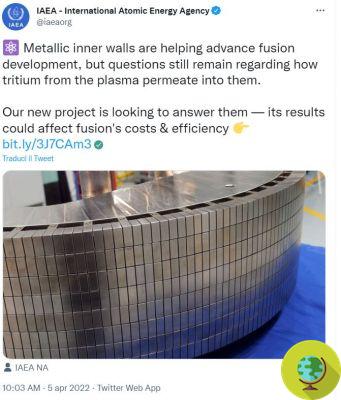
Because nuclear fusion represents the turning point
But what exactly is meant by nuclear fusion and why is it considered the energy of the future? It is a complex process that occurs in the Sun and other stars and which produces an amount of energy. Fusion is nothing but the energy source of the sun and stars. To meet the needs of an ever-growing world population, field research is showing that this energy source can be used to produce electricity in a safe, environmentally friendly and abundant fuel resource. In practice it is the opposite of nuclear fission - the reaction used today in nuclear power plants - where energy is released when one nucleus divides to form smaller ones.
Nuclear fusion produces no carbon emissions. In fact, the only by-products of fusion reactions are small quantities of helium, an inert gas that can be released safely, without causing environmental damage.
Follow your Telegram | Instagram | Facebook | TikTok | Youtube
Read also:
- Nuclear fusion is getting closer: here's how to cool the waste from 150 million to a few degrees
- Even China towards the nuclear fusion reactor: it reaches temperatures equal to 10 times that of the Sun
- NASA has found another way to nuclear fusion
- Nuclear Fusion: 1,3 billion euros from Europe for ITER
- Nuclear fusion: the ITER experiment at Enea in Frascati was successful




